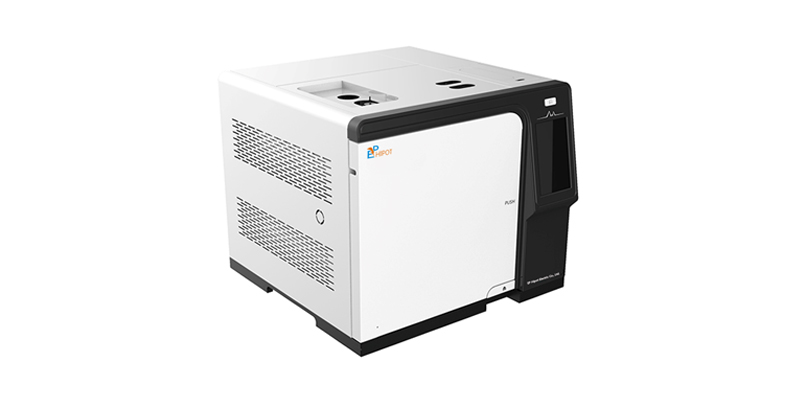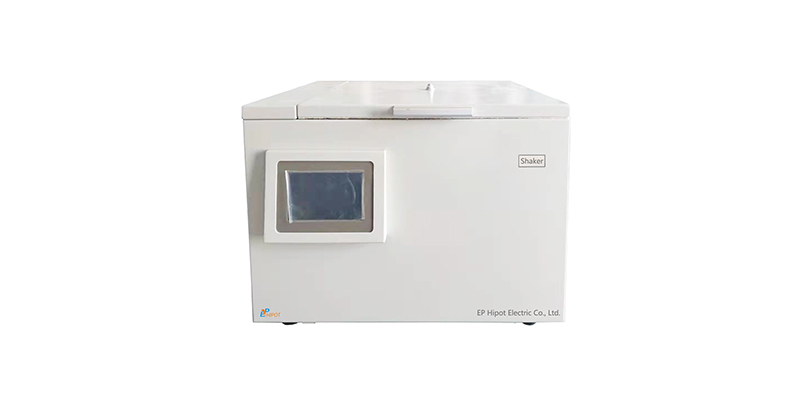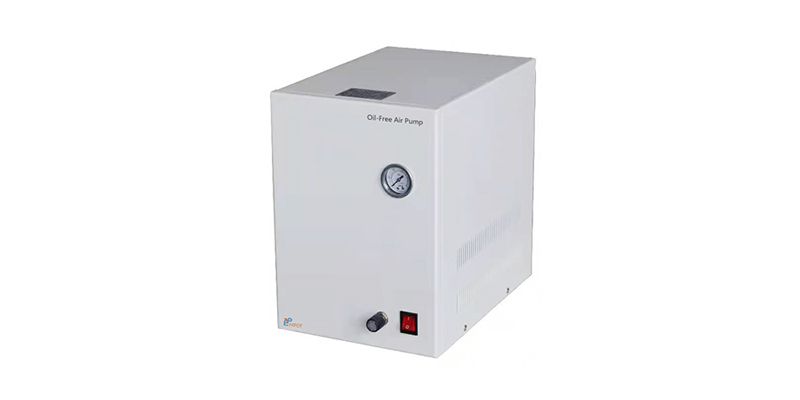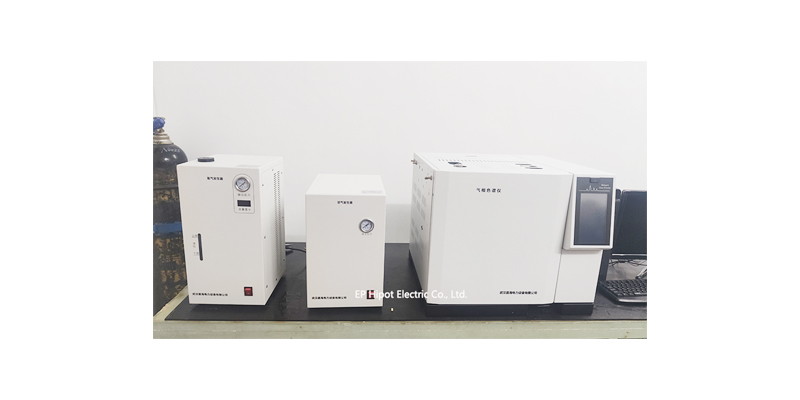




Transformer Oil Dissolved Gas Analyzer
General Information:
Transformer Oil Dissolved Gas Analyzer (also called: Transformer Oil Gas Chromatography Analyzer) uses chromatographic method to determine the content of dissolved gas in transformer oil. It is effective for power generation and power supply companies to determine whether there are latent overheating, discharge and other faults in oil-filled power equipment in operation to ensure safe and effective operation of the power grid. means. It is also a necessary means for manufacturers of oil-filled electrical equipment to carry out factory inspections of their equipment.
It is suitable for the determination of the content of the dissolved gas components in the insulating oil of the power system. The full analysis of the content of the 7 gas components dissolved in the insulating oil can be completed with one sample injection. The minimum detection concentration of acetylene is 0.01ppm, and the stabilization time is less than the baseline was stable at 40 minutes.
Composition of detection objects: H2, CO, CO2, CH4, C2H4, C2H6, C2H2.
Reference standard: IEC60599-2015, IEC60567-2011
Features:
-The control panel adopts a 7-inch color touch screen design with intuitive display, rich content and easy operation.
-The electronic gas circuit control system has higher and more precise control accuracy. It has multiple control modes such as constant current, constant pressure, program pressure and flow rate, which realizes the comprehensive digitization and intelligence of the instrument, and ensures the repeatability and accuracy of the analysis results. sex.
-The chromatographic process with three detector signals output at the same time has good separation effect and high sensitivity.
-Intelligent self-diagnosis function, the program can diagnose and protect the circuit itself. When the carrier gas leaks or loses gas, the bridge current will be automatically disconnected, which improves the reliability of the instrument.
-The instrument has intelligent operating procedures such as power-on self-check, automatic temperature rise, FID ignition and TCD plus bridge flow. After power-on, it can quickly reach a stable state and perform sample analysis without any operation.
-It can remotely operate the instrument, observe spectra, query data, and remotely calibrate through the network.
Transformer oil and gas composition detection test method
1. Turn on the three gas sources of carrier gas, hydrogen and air in sequence, adjust the output pressure of the three gas sources to normal values (carrier gas 0.4Mpa, hydrogen 0.3Mpa, air 0.4Mpa), ventilate for about ten minutes, and turn on the chromatograph host Under the default intelligent control state, the chromatographic workstation automatically completes the self-checking of the working condition parameters, and the control instrument automatically completes the operations of heating, ignition, and adding bridge flow until it prompts to enter the "analysis state"
2. Make a template: Use a 1ml quantitative card to take the inlet phase of the calibration gas and get the map. After processing the map, fill in the calibration gas concentration in the corresponding table, use the normalization method to get the correction factor, after the factor is obtained, change to the oscillation method and save As a template.
3. Oil sample treatment: Use a 100ml glass syringe to take 40ml oil sample, pinch the rubber cap to seal, and exhaust the air. Use a 5ml glass syringe to take 5ml of nitrogen gas, seal it with a rubber cap and insert a two-way needle, inject 5ml of nitrogen into the oil sample of a 100ml glass syringe, put the oil sample into the shaker, keep the temperature at 50 degrees, oscillate for 20 minutes, and stand still for 10 minutes Then take it out, use a 5ml glass syringe to draw out the gas, read the volume of the outgassed and record it.
4. Oil sample measurement: Use a 1ml quantitative card to extract 1ml of oil and gas, enter it into the chromatograph and click start. After the map is obtained, import the template, process the map, fill in the volume of the extracted gas, temperature, and oil sample volume and calculate the result to obtain the oil and gas concentration.
Specification:
| Analyzer | 7-inch color touch screen display, English switching, intelligent man-machine dialogue |
| Temperature control: 4 | |
| Column box temperature control accuracy: ±0.02℃ | |
| Display accuracy: 0.1 | |
| Oven lift rate: any stage platform program temperature rise, up to 120℃/min | |
| Repeatability of temperature program: ≤1% | |
| Hydrogen flame detector (FID) | Maximum operating temperature 400℃ |
| Detection limit: 5×10-12g/s (n-hexadecane) | |
| Baseline drift: ≤1×10-13A/30 min (after the instrument is stable for 2 hours) | |
| Baseline noise: ≤2×10-14A | |
| Dynamic linear range: 107 | |
| Thermal conductivity detector (TCD) | Maximum use temperature 300℃ |
| Sensitivity: S value ≥9000mv.ml/mg (benzene) | |
| Baseline drift: ≤50uv/30min | |
| Baseline noise: ≤10uv | |
| Dynamic range: 105 | |
| Chromatographic column | For transformer oil, one for measuring H2, CO, CO2, one for measuring CH4, C2H4, C2H6, C2H2, and one for TCD reference column |
| Ni conversion furnace | Convert trace amount of CO CO2 to CH4 and respond in FID |
More details on Transformer Oil Gas Chromatography Analyzer/Transformer Oil Dissolved Gas Analyzer EPGC-20Smart, please contact EP Hipot Electric: tech@ephipot.com

